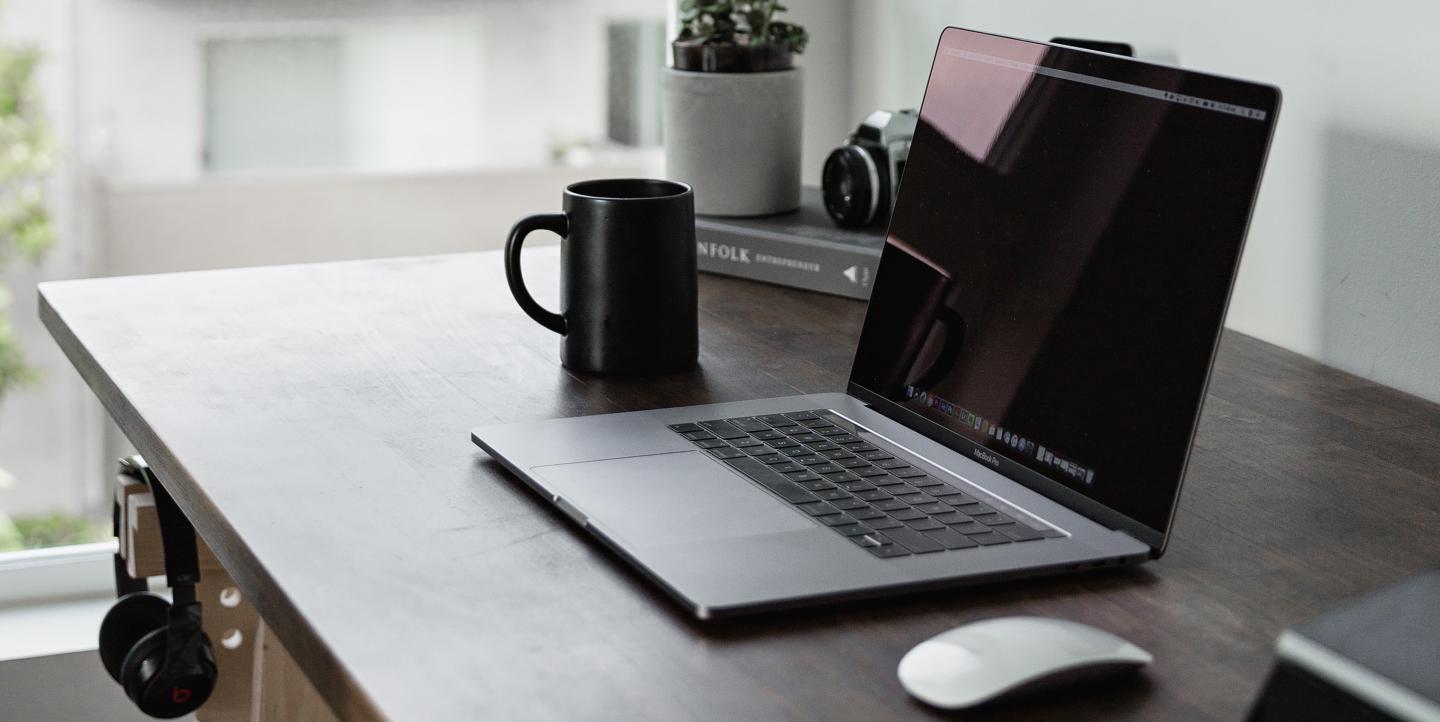This article is the third in a 3-part series based on training materials produced during the APAC video accelerator.
This article is part of our online coverage of reporting on COVID-19. To see more resources, click here.
In our current moment, travel is limited and in-person interviews are often impossible for most video journalists. But, that doesn't mean your news organization can't still get great interview footage to broadcast and/or publish online.
Below, you will find a few simple, inexpensive technical methods to facilitate and capture remote interviews between reporters and their subjects. I also explore the importance of thinking about how we’re reshaping reporters' interview techniques for the remote environment.
Recording a remote interview
At a basic level you need:
- A dependable audio and video connection.
- Time to troubleshoot with your video subject.
- A good method to record at least the remote subject.
- A backup recording if possible.
.@IamJoJo proves she's @MariahCarey's biggest stan and talks about the time they "shared a splash" together pic.twitter.com/hdGNmLXWIu
— AM2DM by BuzzFeed News (@AM2DM) March 18, 2020
Example of a remote interview from BuzzFeed News’ Twitter show AM to DM.
Basic tools for conducting and recording a remote video interview include:
- Skype for PC/Mac — Commonly used, in-app recording via Call Recorder App.
- Zoom for PC/Mac — New app with cloud recording included. Very easy-to-download.
- WhatsApp (Android/iOS) — No in-app recording method, but widely used and available.
- WeChat (Android/iOS) — No in-app recording method, but widely used and available.
- FaceTime (iOS only) — No in-app recording method, but widely used and available on iOS devices.
You can also use any of the above tools just to communicate, and record your screen to save the interview.
[Read more: Tips and tools for shooting video on your phone]
Basic tools for screen recording a remote video interview on your computer include:
On a Mac
- QuickTime Player — Easy to record the screen. Audio is complicated. Free.
- ScreenFlow App — Offers more options for recording. Can do editing afterwards. Software cost begins at $129.
On a PC
- Game Bar — Built-in to Windows as an optional feature. Easy to use.
- PowerPoint Screen Record — Not a commonly known feature. Very simple. Some very basic editing.
Subjects can also record themselves on their computer via the computer webcam. This is a great backup option, especially when Internet is spotty.
Other applications
[Read more: Be like water: 5 keys for adjusting to a remote digital video workflow]
Conducting a quality remote interview
How do we connect when we are far away? Here are some essential steps to take:
Before the interview
- Spend extra time talking and connecting before you start the interview.
- Budget time to fix your subject's shot and audio ahead of the interview. No one wants an interview that looks terrible. A badly framed shot distracts from the story.
- Lighting matters, too. It's easiest is to have your subject look toward a window.
Example taken from actor John Krasinski's web series, Some Good News.
During the interview
- Provide 100% more energy from yourself as the reporter once you start.
- Take more pauses — let the subject talk even more than you would in person.
- Never look away from the camera. Avoid looking at notes, if possible.
- Keep up the energy and your subject will match you.
Other tips
- Sometimes sound can be improved if the subject uses headphones. Make sure to ask them ahead of time.
- Smartphone footage and photos can be useful B-roll to go along with an interview. Remember to ask your subject to send you some.
- Always try for two different recordings — a main recording and a backup.
Main image CC-licensed by Unsplash via Dillon Shook.

